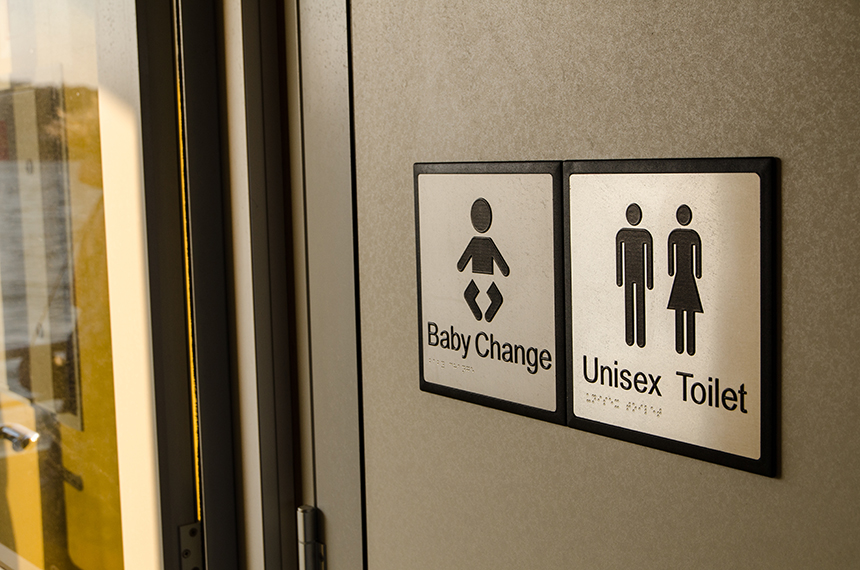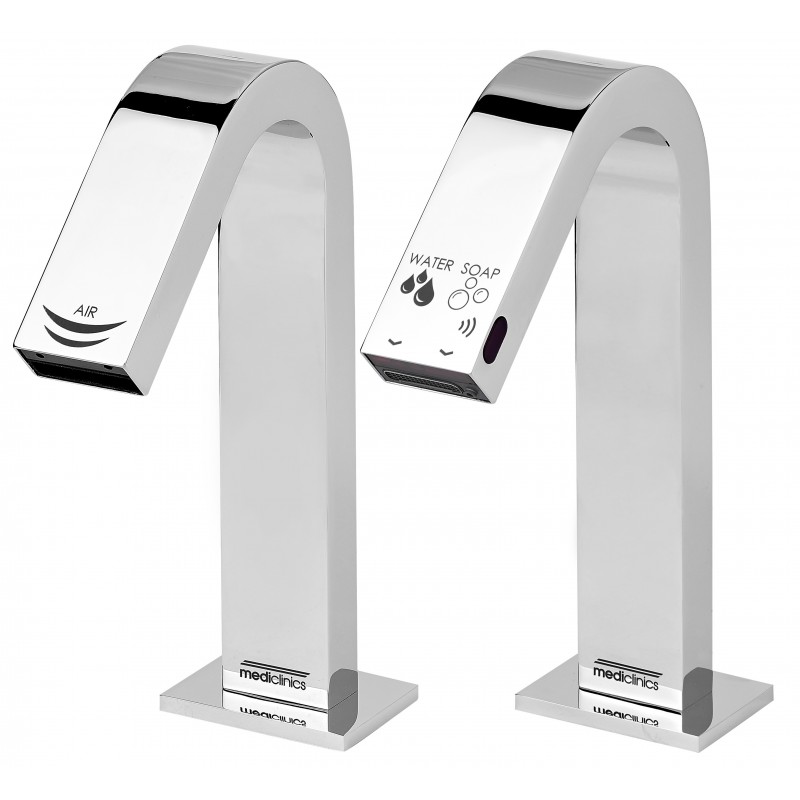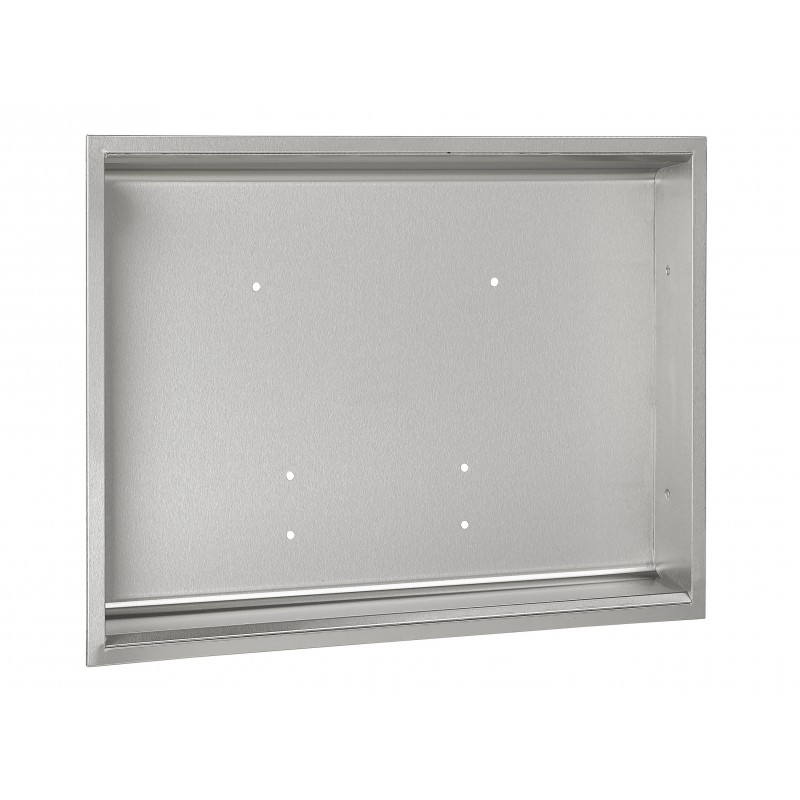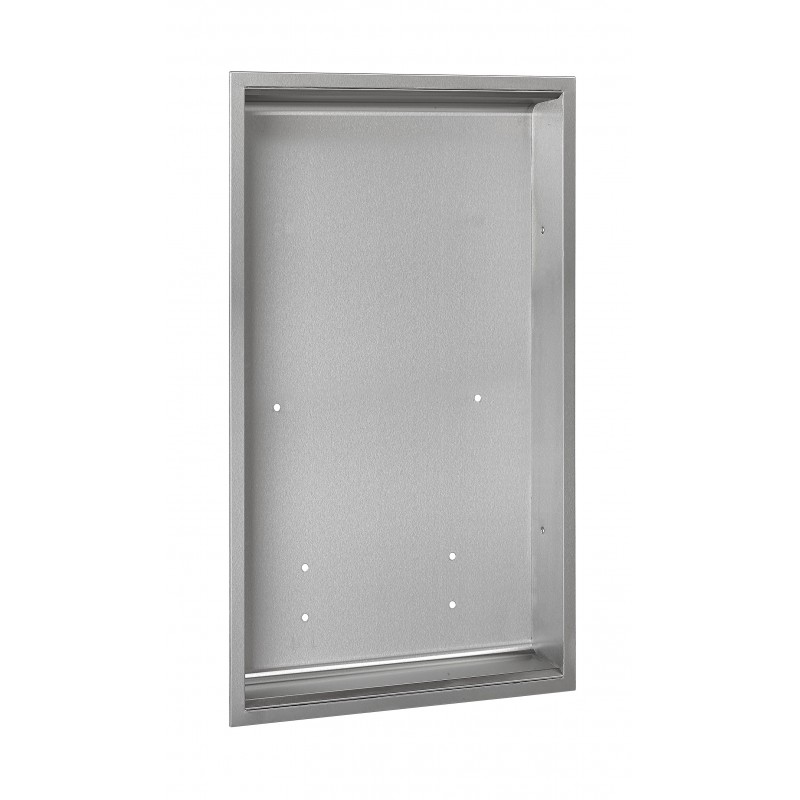Unisex Restrooms: Pro or con?
A few months ago, we posted a blog called “Restrooms designed with women in mind” and in addition to analyzing the causes and consequences of the existing issues in gendered restrooms, we asked the following at the very end: could gender-equal restrooms be the solution?
Before this question can be answered, we must try to understand the different demands of those who utilize restrooms and have stated claims. Also, it’s quite important to understand the history of how divided restrooms came to be. In the late 19th century, there was a massive incorporation of women who entered the work field and during the same time, there was also great development and technological advancements of the sanitary and water channeling systems which allowed for more private restroom options. These two things together – plus the fact that there was a great importance of privacy and modesty – posed a great challenge for factories and other facilities where women worked alongside men. Because of this, legislators and architects around the world began to take action. Legislators were finally passing laws in favor of the separation of ladies and men’s restrooms and architects began to design public restrooms with these laws in mind.
Today during the 21st century, the progress for establishing unisex baths has been under-way but few and far between. According to a recent survey published on the La Vanguardia newspaper in Barcelona, Spain, there seemed to be a low-acceptance among today’s population in that area: 30% were in favor or unisex toilet rooms while the other 70% of surveyors rejected the idea. This rejection could be due, but not limited, to several factors:
- The stereotypes that still exist today: distasteful splashes, long queues for those who only want to re-touch their hair or makeup, more than one person going in at once, etc.
- The conservative idea of many who think that separation of men and women’s toilets are vital for privacy and morality.
- Genders who do not agree with how the restrooms should be maintained during usage
- The fact that many gender-differentiated restrooms already lack basic necessities and this movement may hinder further attention to this issue. For example, existing men’s restrooms that do not include a baby changing station.
- The existence of a binary society that believes in an intrinsic gender identification based only on two sexes, male or female. These individuals are constantly having to choose between going through a door indicated with a moustache or, on the contrary, the door with a flower or skirt.

In relation to the last idea that was made, it is important to point out that the LGBTQ+ community is the most prominent group most in favor of unisex restrooms… and with good reason. This community includes trans and non-binary individuals. Non-binary people feel they do not identify with any gender, and trans people often avoid using public restrooms for fear of being harassed. These folks are being forced to make uneasy decisions every day when going out to public spaces, and the lack of unisex restrooms do not help. Among the demands and points made by this community to justify the installation of unisex toilet rooms, it’s important to realize that what we need is to embrace today’s diverse society.
Other groups or collectives that are in favor of unisex bathrooms include those who just feel safer and less distressed knowing that there is no longer a “wrong toilet” to visit. For example, parents with their younger children who are not the same gender, people with disabled relatives or patients who must help them in the restroom, and more.
With this, imagine you’re a single father who has gone out with his young child and realizes that he can’t change the baby’s diaper because the designated men’s restroom didn’t have a baby changing station or diaper changing counter. How would you feel in this situation? For some dads, they have to look for unconventional ways to get their children changed and make sure the job is done. NBC News reports that men have lately taken a much more active role in parenting now than they have in the previous history and the assumption that only the mothers are accountable for diaper duty is a gender-biased idea that represents a discriminative, linear thought process. Some cities, like San Antonio City, have already begun to mandate baby changing stations on men’s restrooms as well as in the women’s but as this plays out, adding unisex restrooms could very well be a perfect solution.
In conclusion, it’s worth noting that many facilities have opted for an intermediate solution. This solution entails keeping the gender-differentiated restrooms but also including a new unisex toilet room. The question is, will this please both parties with different opinions? Will all facilities follow this model in the future? We don’t know, but what we do know for sure is that unisex restrooms are still widely talked about in the US and other countries for many reasons and will more than likely continue to stir new laws and new opinions from users and service-industry business owners alike. With all this being said, we’ve tried our best to be objective on the subject so our readers can see through different perspectives. Our goal as a company is to always be prepared to offer the best solutions that can be adapted in any restroom environment.















